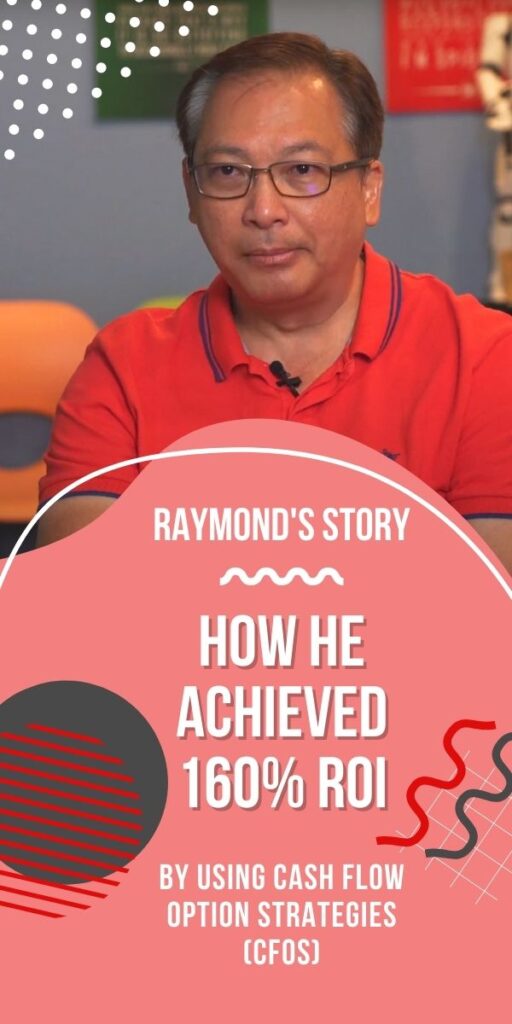Sir John Templeton, a name that resonates in the hallways of investment history, carved a niche for himself with a unique investment style that combined contrarian investing with value principles.

Sir John Templeton
His legendary track record, especially with the Templeton Growth Fund, which from 1954 to his retirement in 1992 returned an almost 16% CAGR after fees, stands as a testament to his extraordinary investment acumen.
Hence, Templeton’s methods offer timeless lessons for investors looking to navigate the complex world of investing. Let’s learn more from this legendary investor in this article!
1. VALUE INVESTING PRINCIPLES
Templeton’s approach was deeply rooted in value investing. He sought out stocks trading below their intrinsic value, while focusing on companies with strong fundamentals. Sir John Templeton also outlined four criteria that he deemed universally applicable:
- Low Price/Earnings (PE) ratio
- High operating margin
- Selling close to or below liquidation value
- Consistent historic growth rate.
His keen eye for value wasn’t just about the price; it was about finding the clearest mismatch between price and value. Thus, if there are two companies where one has better growth prospects but slightly higher in price than the other, his preference often leaned towards stocks with better growth prospects, though he cautioned against overestimating rapid growth.
In addition to him, his great niece, Lauren Templeton, has chosen to tread the path of value investing methodology. Click below to explore our exclusive interview with her from our past Investify Symposium event in 2018!
2. CONTRARIAN BARGAIN HUNTING
Templeton’s strategy was marked by a contrarian stance. He actively searched for stocks that were out of favor or undervalued in the market. An important investment approach that he liked to call “the point of maximum pessimism”.
When the public sentiment about the stock market is pessimistic, according to Templeton this is the time to buy stocks. By capitalizing on pessimism and market undervaluation, he aimed to exploit market cycles and secure investments at bargain prices.
This approach wasn’t limited to finding undervalued hidden gems. He also identified overvalued assets with strong fundamentals, positioning his investments to benefit from their inevitable fall due to pessimistic market sentiment.
3. EMPHASIS ON RESEARCH
Research was the cornerstone of Templeton’s investment decisions. He conducted extensive analysis, striving to understand the dynamics of financial markets and economic drivers. One famous example where Sir John Templeton beat the market by doing his homework a bit better than the average investor was during World War II.
In 1939, John Templeton boldly invested in 104 undervalued U.S. stocks amidst war-driven pessimism. Embracing diversification, he achieved substantial profits on most of his investments, despite four of them turned out to be worthless.
In addition, he emphasized the importance of focusing on key factors while researching an investment, advocating for the use of checklists to remain focused and filter out unproductive or negative thoughts. For Templeton, disciplined and focused thinking was crucial in navigating the investment landscape.
4. LONG-TERM PERSPECTIVE
Sir John Templeton believed in the power of long-term investing. His belief centered on allowing the market sufficient time to acknowledge the inherent value of sound businesses, permitting adjustments that align with the true worth of a stock over extended periods.
This enduring commitment to a prolonged investment horizon emerged as a defining feature of Templeton’s overall investment philosophy, showcasing not only his patience but also his strategic foresight in navigating the complexities of the financial landscape.
5. GLOBAL DIVERSIFICATION & RISK MITIGATION
Templeton’s investment strategy was globally diversified. He looked beyond domestic markets, capturing opportunities worldwide. This approach was not just about expanding horizons; it was also about selecting nations with favorable investment conditions, such as fewer regulatory obstacles and low inflation.
He avoided countries with hostile investment environments, particularly those plagued by socialism and high inflation. For Templeton, free enterprise and minimal government interference were key to a thriving investment landscape.
Simultaneously, Templeton was a strong advocate for risk management. He believed in diversifying to mitigate the risks associated with individual investments. This strategy enabled him to maintain a balanced global exposure while managing potential downsides effectively.
We’ve also created a short TikTok video highlighting three simple hacks for investing the Sir John Templeton Way, with Cayden sharing additional insights on these hacks. Click on to watch!
CONCLUSION
Sir John Templeton’s investment philosophy offers invaluable insights for investors, marked by:
- Value investing
- Contrarian strategies
- Rigorous research
- Long-term perspectives
- Global diversification
His enduring influence serves as a guide for prudent and disciplined investing, underscored by the virtues of patience. Additionally, he stressed the significance of comprehending value and market dynamics, along with the implementation of diversification to mitigate potential risks in his investment endeavors.
For those looking to navigate the complexities of the investment world, Templeton’s principles remain as relevant today as they were during his illustrious career.
If you have always wanted to learn how to invest like Sir John Templeton or Warren Buffett with Value Investing Methodology, join us in our upcoming Masterclass where you will learn from Cayden on how to:
- Generate 3 Sources of Passive Income even if you know Nothing about investing.
- Invest with minimal capital.
- Create a Cash Dispensing Machine to replace your existing salary.
Click on the banner below to find out more!
DISCLOSURE
The above article is for educational purposes only. Under no circumstances does any information provided in the article represent a recommendation to buy, sell or hold any stocks/asset. In no event shall ViA or any Author be liable to any viewers, guests or third party for any damages of any kind arising out of the use of any content shared here including, without limitation, use of such content outside of its intended purpose of investor education, and any investment losses, lost profits, lost opportunity, special, incidental, indirect, consequential or punitive damages resulting from such unintended use.










